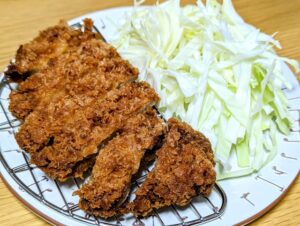The table summarizes the plain form and polite forms of nouns, verbs, Na adjectives, and I adjectives.
If you have any questions, ask them for free! ➡ Japanese Question Form
KEY:
この適切な活用が、日本語を難しくしている原因のひとつです。活用には一定のルールがありますので、考え方さえ理解していれば、難しくはありません。

Optimized matching technology
We have developed an arrangement optimization system that carefully analyzes a student’s preferences and requirements.
Our system then matches the student with the perfect tutor who can best meet his or her preferences and requirements.
With this, students don’t have to spend countless hours searching for a teacher.

What is the meaning of “Gen-wo-katsugu: 験を担ぐ”? Gen = auspiciousness?
Do you have the concept of engi in your country? In Japan, we value the concept of karma so much

Rules of “Janken” in Japan
In Japan, there is a game called “Janken” in which the winner is decided. Is there such a game in

How to Explain Symptoms in Japanese at a Hospital
When you suddenly fall ill in your home country, you can explain your symptoms and receive treatment at the hospital

Workplace & Business Rules of Japanese Companies that Foreigners Should Know
Foreigners who have come to live in Japan for work must adjust to the Japanese lifestyle and work environment. Both






